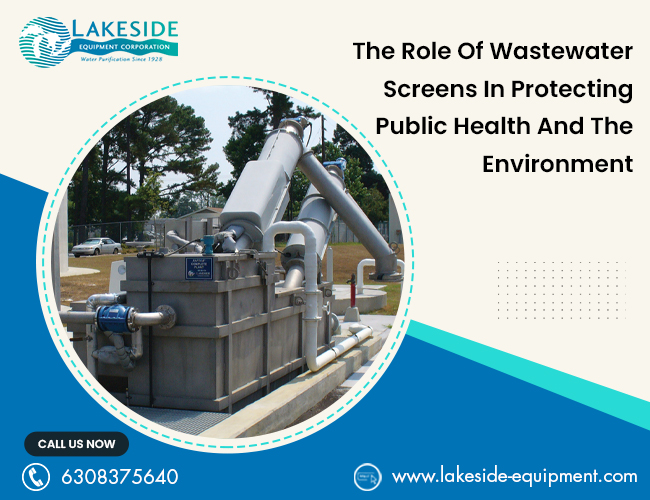The Role Of Wastewater Screens In Protecting Public Health And The Environment
Wastewater treatment is essential for the protection of public health and the environment. It involves the removal of contaminants and pollutants from wastewater before it is discharged back into the environment. However, the presence of fat, oil, and grease (FOG) in wastewater can pose a significant challenge to the wastewater treatment process. FOG can cause blockages in pipes and equipment, leading to increased maintenance costs, and can also have adverse effects on public health and the environment.
This is where wastewater screens come into play. In this blog, we will discuss the role of wastewater screens in protecting public health and the environment, with a specific focus on fat, oil, and grease screening.
What Are Wastewater Screens?
Wastewater screens are devices that are designed to remove large solids and other debris from wastewater. They are typically installed at the beginning of the treatment process, where they act as the first line of defense against pollutants and contaminants. There are several types of wastewater screens, including coarse screens, fine screens, and microscreens, each of which serves a specific purpose.
Fat, Oil, And Grease Screening
One of the most significant challenges in wastewater treatment is the presence of fat, oil, and grease (FOG). FOG can accumulate in pipes and equipment, leading to blockages and the buildup of toxic gases. Additionally, FOG can have adverse effects on public health and the environment, such as the growth of harmful bacteria and the contamination of water sources.
Fat, oil, and grease screening is the process of removing FOG from wastewater using specialized screens. These screens are designed to trap and separate FOG from the wastewater, preventing it from entering the treatment process. By removing FOG at the beginning of the treatment process, wastewater screens can prevent blockages and ensure that the treatment process runs smoothly.
Types Of FOG Screens
There are several types of fat oil and grease screening each of which is designed to meet specific needs and requirements. The most common types of FOG screens include:
- Coarse Screens: Coarse screens are the simplest type of FOG screen, consisting of a fixed bar or mesh screen that is designed to trap large particles and debris.
- Fine Screens: Fine screens are more sophisticated than coarse screens and are designed to remove smaller particles and debris. They use a rotating drum or belt to filter the wastewater, trapping FOG and other contaminants.
- Microscreens: Microscreens are the most advanced type of FOG screen and are designed to remove even smaller particles and debris. They use a fine mesh screen to filter the wastewater, trapping FOG and other contaminants.
- Preventing Blockages: By removing FOG at the beginning of the treatment process, wastewater screens can prevent blockages and ensure that the treatment process runs smoothly.
- Protecting Public Health: FOG can harbor harmful bacteria and other pathogens, which can pose a risk to public health. By removing FOG, wastewater screens can help to protect public health.
- Protecting the Environment: FOG can have adverse effects on the environment, such as the contamination of water sources. By removing FOG, wastewater screens can help to protect the environment and promote sustainability.


